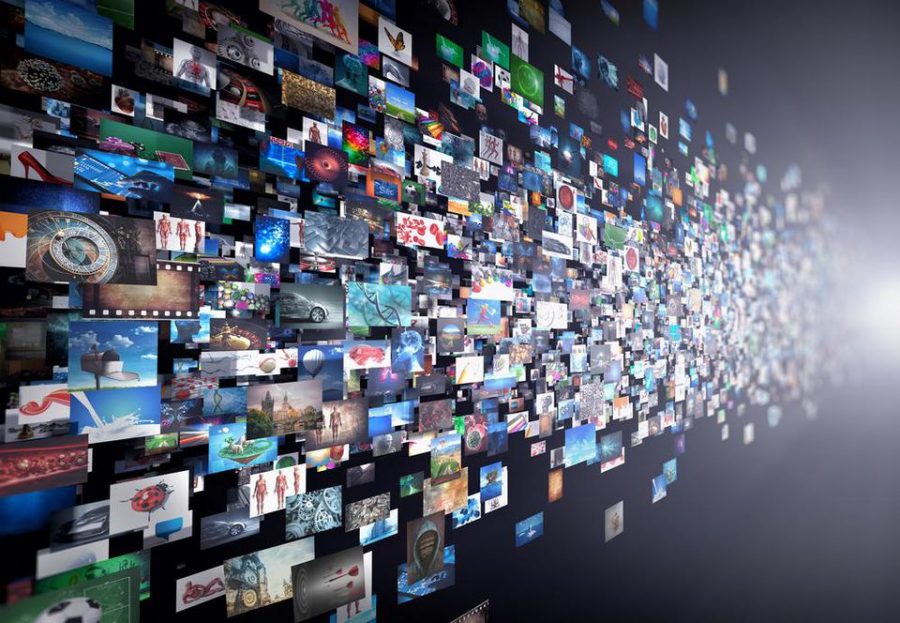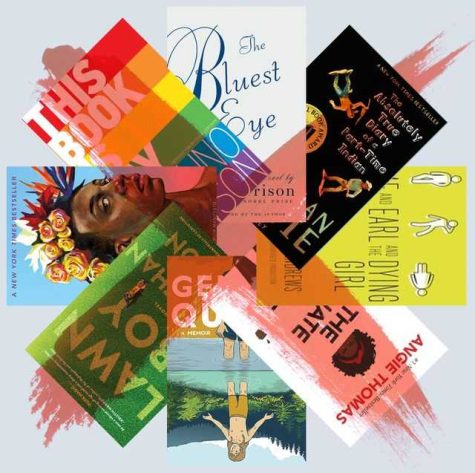Streaming services take over television
“Entertainment has changed—completely changed,” Edison Intermediate School (EIS) Drama and Public Speaking teacher Mr. Altmann proclaimed.
This major reform is due to streaming services. Streaming is literally defined as continuous transmission of video and/or audio files, but streaming services are more popularly known as paid-for on-demand services without advertisements. Sixth grade student Brian Mccabe defines streaming services as: “A brand that provides television for viewers that’s not cable.”
No matter how it is defined, it is clear that streaming services have gained immense
popularity in modern entertainment, especially during the climax of the pandemic. With the majority of the American population relying on entertainment to keep them occupied, many have turned to streaming services. “I used streaming services a lot more in 2020 because there isn’t much to do. Before the pandemic, I didn’t use streaming services much,” seventh grader Courtney Carew stated.
However, even prior to the pandemic, streaming services were rapidly taking prominence in the television industry. The reason behind this is likely the fact that streaming services are much more user-friendly and offer a wider variety of shows and movies than cable. In addition to various programs, streaming services also eliminate time consuming commercials. EIS eighth grader Olivia Marino declared, “I wouldn’t watch TV without streaming services.”
As a result, streaming rates have increased, as shown by a recent survey taken in February of this year. It showed that more than half of U.S. consumers have at least one streaming service. Over three-fourths of younger generations, including millennials, use streaming services on a daily basis. Mr. Altmann explained, “Adults don’t watch TV in the daytime, they watch primetime TV from 8:00 p.m. to 11:00 p.m. because that’s what they’re used to. With this generation, it’s different.”
Also, the streaming takeover has, as with any new trend, created competition among the variety of companies that offer it to consumers. “I use Netflix, Disney+, and Hulu,” said Courtney.
The general consensus among Edison students is that Netflix is the superior service. Olivia explained, “Hulu doesn’t have as many shows, and Netflix has more old stuff, which I like.”
Additionally, EIS eighth grade student Charlotte Cotroneo claimed, “The best [service] has to be Netflix, it is becoming a sellout these days.”
Although many of these services appear more efficient and appealing to younger generations especially, cable and radio still consistently pull viewers. Despite the fact that many viewers see commercials as irrelevant and time-consuming, they provide useful information through their advertisements, including information on new shows. “I like radio and cable, though, because it exposes you to new television shows and songs without having to search for them,” seventh grade student Nikki Patel revealed.
Thus, companies have taken advantage of this, and entertainment has shifted to satisfy users of both streaming and cable. Mr. Altmann described, “Something interesting is that CBS and The CW are owned by the same company, Viacom, but shows are first shown on CBS primetime and then moved to streaming on The CW a week later.”








